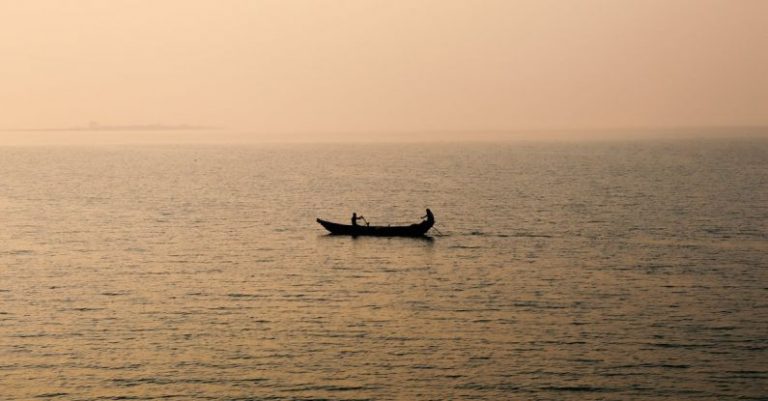
Perfecting the Drive Phase in Rowing
Rowing is a sport that requires a combination of strength, technique, and endurance. One of the crucial elements in rowing is the drive phase, where rowers exert power to move the boat forward. Mastering the drive phase is essential for achieving efficiency and speed on the water. Whether you are a novice rower looking to improve your technique or a seasoned athlete aiming to enhance your performance, honing your drive phase can significantly impact your rowing abilities. In this article, we will delve into the key aspects of perfecting the drive phase in rowing to help you optimize your rowing stroke and achieve better results on the water.
Understand the Mechanics of the Drive Phase
The drive phase in rowing refers to the part of the stroke where rowers apply force to propel the boat forward. It begins with the catch, where the oar blade enters the water, and ends with the finish, where the oar is taken out of the water. During the drive phase, rowers engage their leg muscles to push against the foot stretcher, followed by the core and back muscles to transmit power through the oar handle, and finally, the arm muscles to complete the stroke. Understanding the sequential engagement of these muscle groups is essential for maximizing power and efficiency during the drive phase.
Focus on Leg Drive for Power Generation
The legs are the strongest muscle group in the body and play a critical role in generating power during the drive phase. To optimize your leg drive, focus on pushing against the foot stretcher with explosive force as soon as the blade enters the water at the catch. Imagine driving your legs through the boat to create a powerful connection between your body and the oar. By utilizing the strength of your legs effectively, you can generate the initial drive that sets the boat in motion and builds momentum for the rest of the stroke.
Maintain a Strong Core Connection
A strong core is essential for maintaining stability and transferring power efficiently during the drive phase. Engage your core muscles to connect the power generated from your legs to the oar handle, ensuring a smooth and controlled stroke. Think of your core as the link between your lower and upper body, providing stability and preventing energy loss through unnecessary movements. By keeping your core engaged throughout the drive phase, you can improve your stroke efficiency and maximize the transfer of power from your legs to the oar.
Emphasize Fluidity and Continuity in the Stroke
The drive phase should flow seamlessly from the catch to the finish, with each movement complementing the next to create a continuous and fluid stroke. Avoid abrupt or jerky movements that can disrupt the rhythm of the stroke and lead to inefficiencies. Focus on maintaining a steady acceleration throughout the drive phase, gradually increasing the power as you move through the stroke. By emphasizing fluidity and continuity in your stroke, you can create a more efficient and effective rowing motion that maximizes boat speed and minimizes energy wastage.
Practice Proper Technique and Body Positioning
Achieving optimal body positioning is crucial for maximizing the effectiveness of the drive phase. Maintain a strong posture with your back straight, shoulders relaxed, and core engaged to transmit power efficiently through the stroke. Pay attention to your blade placement at the catch, ensuring that it enters the water cleanly and at the correct angle to maximize propulsion. Practice proper technique through drills and exercises that focus on refining your body positioning and movement patterns during the drive phase. By honing your technique and body positioning, you can enhance your rowing efficiency and performance on the water.
Fine-Tune Your Drive Phase for Optimal Performance
Perfecting the drive phase in rowing requires a combination of physical strength, technical skill, and mental focus. By understanding the mechanics of the drive phase, emphasizing leg drive for power generation, maintaining a strong core connection, emphasizing fluidity and continuity in the stroke, and practicing proper technique and body positioning, you can optimize your rowing stroke and achieve better results on the water. Fine-tune your drive phase through consistent practice, feedback from coaches, and a commitment to continuous improvement. With dedication and attention to detail, you can perfect your drive phase and elevate your rowing performance to new heights.





